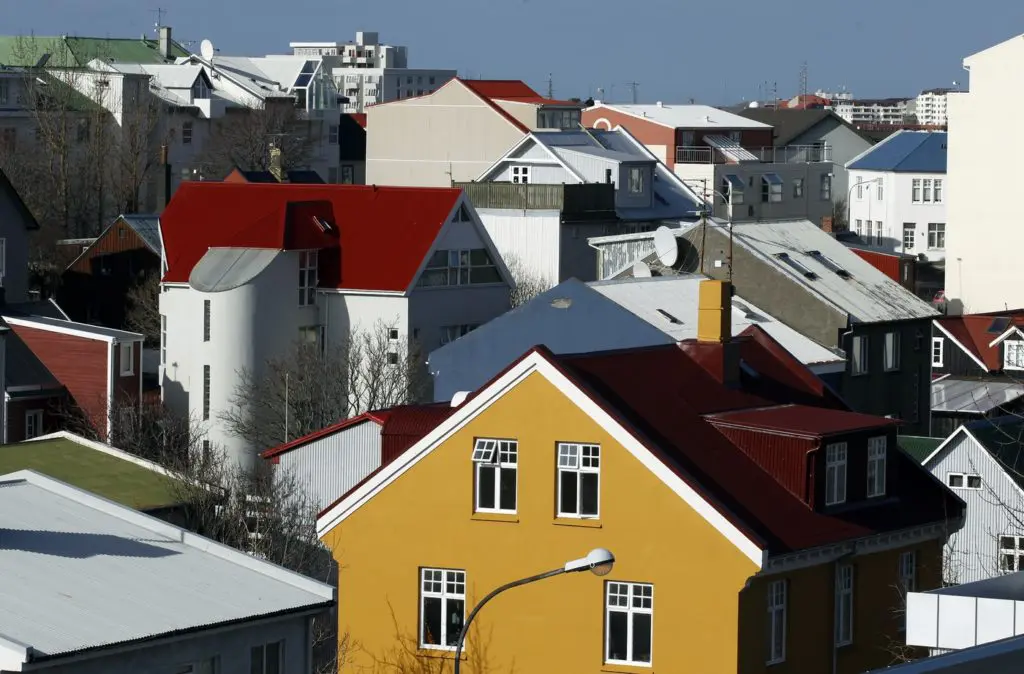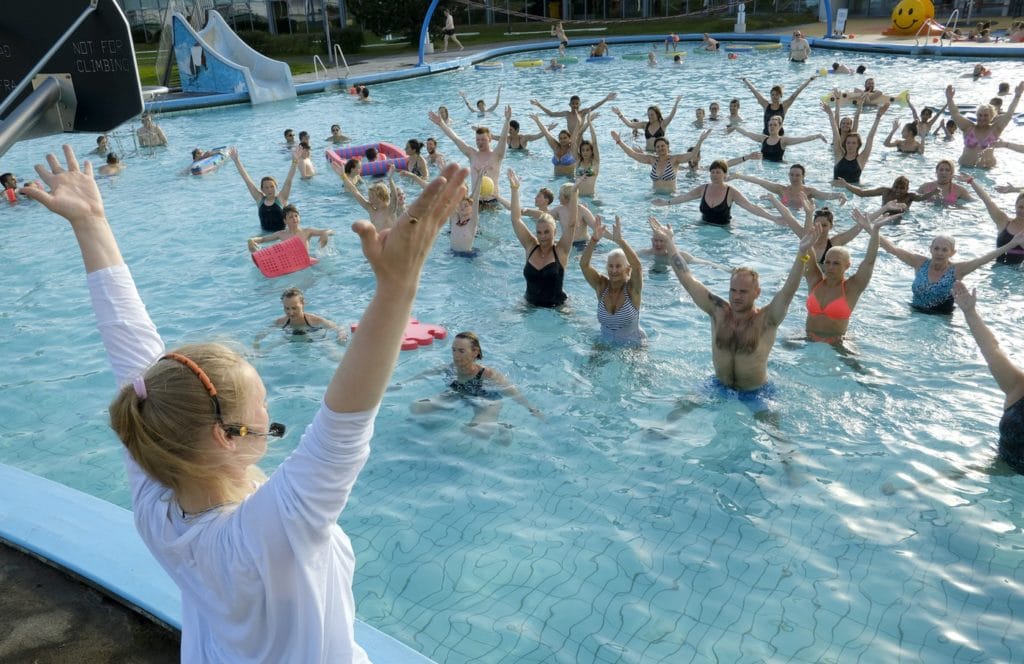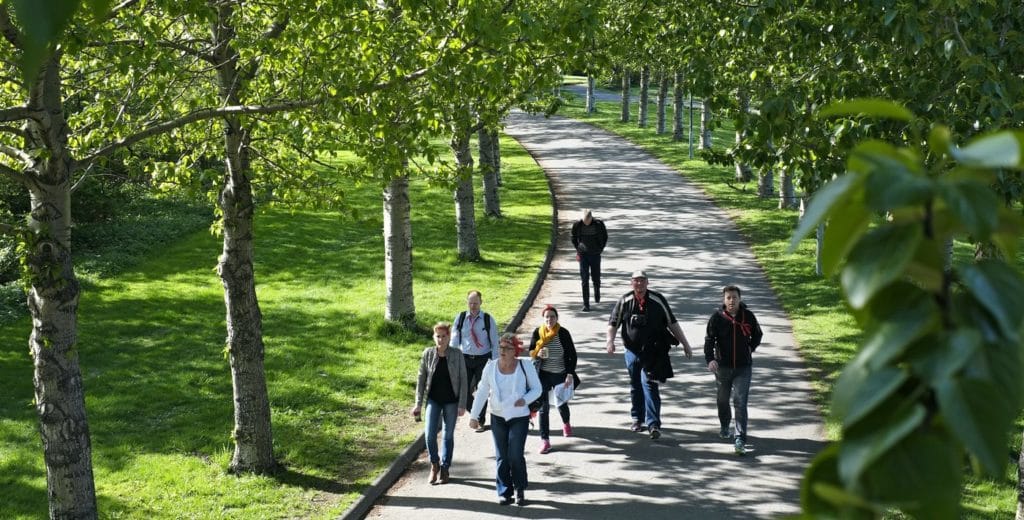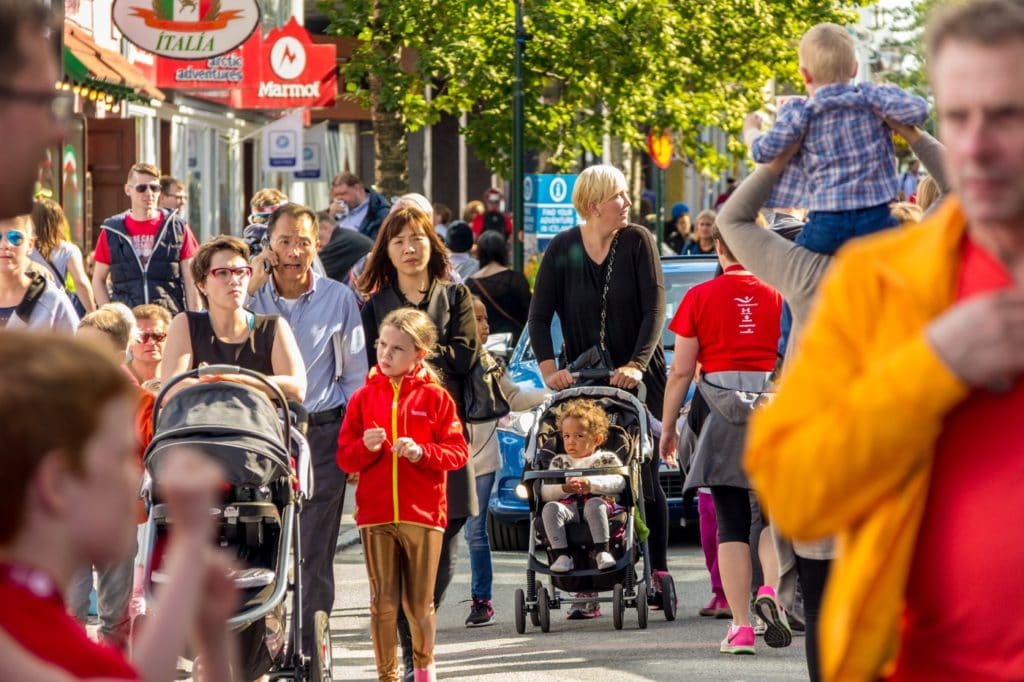According to the Book of Icelanders, the settlement of Iceland began in the year 871 (give or take a year or two) with the arrival of Ingólfur Arnarson to what is now the capital, Reykjavík. When he arrived, steam rising from hot springs prompted the name Reykjavík or “Smokey Bay.”
This early period is well-documented in the Book of Settlements; however, if you’d like to find out more about why and how the Vikings came to Reykjavík, visit the National Museum and/or the Settlement Exhibition (for more information, check out our chapter on museums).
Despite Reykjavík being the first inhabited place in Iceland, it wasn’t until the 18th century that a small town began to grow around Ingólfur’s former homestead. Local hero, Sheriff Skúli Magnússon, sometimes nicknamed the father of Reykjavík, opened wool mills in an effort to modernise the Icelandic economy. It was on the backs of sheep that Reykjavík began its modern urban development.
Even if a town was beginning to form, Reykjavík had no claim as a capital for some years yet, especially since Iceland was still ruled by Denmark at the time. Reykjavík only became the seat of Icelandic legislation when the historic Icelandic Parliament, suspended in 1799 AD, was reinstituted in 1844 with Reykjavík as its seat. When Iceland became independent from the Danes a century later, in 1944, Reykjavík became the country’s capital. Growing steadily ever since, Reykjavík has become the modern capital you know today.
At the turn of the 20th century, Reykjavík counted just over 6,000 inhabitants even though it was the biggest town in Iceland. The 20th century was a period of rapid urbanisation and as agriculture and fishing grew less important to the growing nation, many young people moved á mölina (to the gravel, meaning the city). There was tension between the old, rural way of life and the city. City life, with all its temptations, was vilified as a corrupter of Iceland’s youth in art and literature. Tómas Guðmundsson (1901-1983) was the first poet to see the charming side of Reykjavík, writing poems describing the beauty of a spring evening in Reykjavík. He’s fondly remembered by the people of Reykjavík and on a bench by lake Tjörnin sits a statue of the poet, deep in thought.
Fortunately, the past isn’t lost. Reykjavík offers some great museums that preserve its colourful history, recreating our Viking heritage and uncovering the lives of everyday Icelanders, in years gone by. Discover the city’s history by taking a tour of the National Museum, the Settlement Exhibition, the Maritime Museum, or the Árbær Open Air Museum. You can also take a walk among Reykjavík’s historical sights (p. 171-121).






